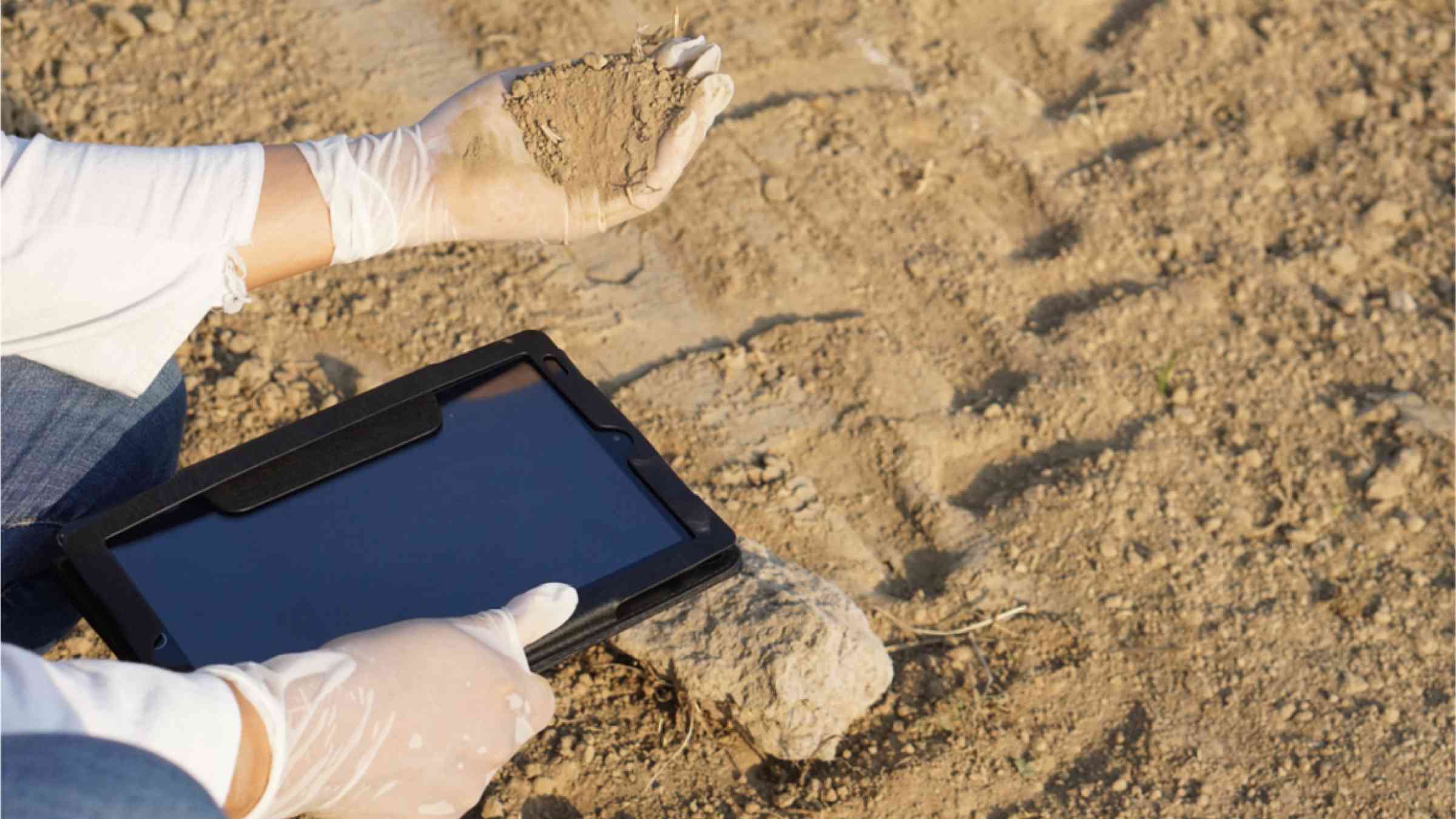Data challenges and solutions for disaster risk management
Multi-hazard disaster risk reduction (DRR) policy and action requires functioning disaster loss and risk information systems that can provide reliable and timely data, statistics and analysis. This is a key enabling condition for countries to develop and implement DRR strategies and investment that are tailored to specific risk contexts, vulnerabilities, impacts and needs.
To be effective, disaster risk management needs to understand the differentiated impact of disasters on different population groups. It therefore requires a comprehensive approach with inclusive risk-informed decision-making that is based on the collection, sharing and dissemination of disaggregated data, including by sex, age, disability, and income. Such data must be accurate, timely, up-to-date, comprehensible and widely available.
Furthermore, there is a need of localization of disaster-related data where global and national level analysis is complemented by local-level data, which can inspire localized and targeted DRR efforts.
Session Objectives
The session will aim to highlight progress, lessons learnt, best practices and challenges along the following main themes:
- Data for understanding risk;
- Strengthening data use through technological advancements;
- Building resilience of statistical systems: lessons from COVID-19; and
- Incentivizing and scaling up local-level data for DRR.
Moderator
Letizia Rossano - Director, ESCAP, Asia and Pacific Centre for the Development of Disaster Information Management (APDIM)
Speakers
Kassem Chaalan - Unit Director, Disaster Risk Reduction Unit, Lebanese Red Cross
Jakub Ryzenko - Head of Crisis Information Centre, Space Research Centre PAS
Rhonda Robinson - Deputy Director Disaster and Community Resilience Programme and Acting Director GEM Division, Pacific Community (SPC)
Renato Solidum - Undersecretary for Scientific and Technical Services, Philippines, Department of Science and Technology
Raditya Jati - Deputy Minister for Systems and Strategy, National Disaster Management Authority, Indonesia (BNPB)
Documents
Learn more
Read this section to learn more about the topic of current data challenges and identify possible solutions.
Where do we stand
Urgent efforts to scale-up the collection, analysis and reporting of disaster-related statistics are key to achieve the Sendai Framework, and hence SDG targets, by 2030.
The 7 targets and 38 indicators of the Sendai Framework lay out an ambitious agenda to prevent new and reduce existing disaster risk. However, achieving these goals is not the only challenge. Monitoring progress towards the Sendai Framework Targets represents an arduous yet crucial task for national statistical systems. While the past seven years have seen a substantial increase in reporting rates – a total of 153 countries are now reporting across different Sendai targets – significant data gaps prevail.
The under-representation of disaster impact – especially that of extensive disasters – and issues of data generation, incomplete records, lack of disaggregation and granularity, etc. are hampering our understanding of the full impact of disasters across time, geographies and sectors.
Effective disaster risk reduction policy and action requires functioning disaster loss and risk information systems that can provide reliable and timely data, statistics and analysis. This is a key enabling condition for countries to develop and implement DRR strategies and investment that are tailored to specific risk contexts, vulnerabilities, impacts and needs.
Therefore, coordinated global, national and local efforts to strengthen data generation and statistical capacities for disaster impact and risk analysis must be scaled-up. This would allow for a sound evidence base to be used in DRR and climate change decision making, policy, planning and investment. It will also contribute to greater coherence and synergies from holistic information management across UN instruments, including the 2030 Agenda, the Paris Agreement and the Sendai Framework for Disaster Risk Reduction.
Key guiding questions are:
- How can we meet the growing demands for disaster-related statistics, while coping with the resulting complexity?
- How can global, regional, national and local-level actions be scaled up to produce and use more timely, accurate, disaggregated and granular DRR data?
- How can we ensure accessibility of DRR data?
- How can we strengthen evidence-informed and data-backed decision making for DRR and climate change policy and action, including through coordination among stakeholders?
- How can we scale up the data revolution for DRR and climate action, including through new technologies and innovations?

Agenda
Location
BNDCC 2-Ground Floor
Online access
Interpretation
AR, EN, FR, RU, ES, ZHDetails
Contact
Rahul Sengupta sengupta@un.org Diana Patricia Mosquera Calle, diana.mosquera@un.org